#Samuil Marshak
Text

Vera Bock (1905-1973), ''A Ring and a Riddle'' by Samuil Marshak, 1944
Source
#Vera Bock#russian-american artists#Samuil Marshak#Ilya Yakovlevich Marshak#A Ring and a Riddle#vintage illustration#children's books
543 notes
·
View notes
Text
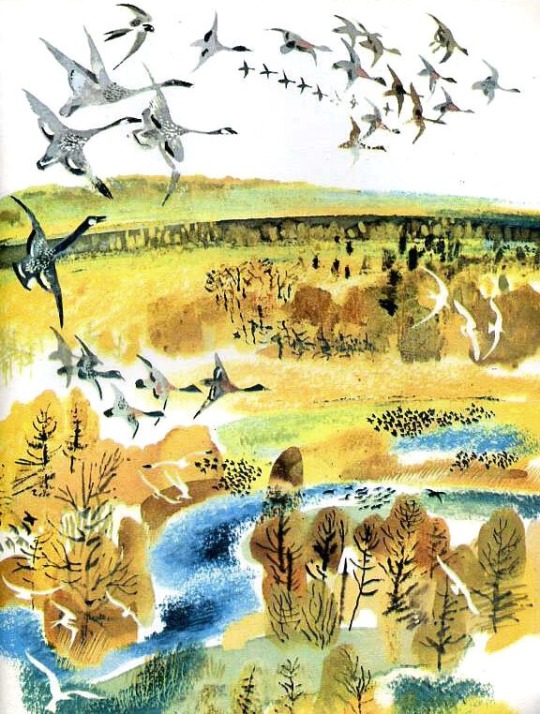
Nikita Charushin, "September". Illustration from Samuil Marshak's "All Year Round"(1982).
553 notes
·
View notes
Text
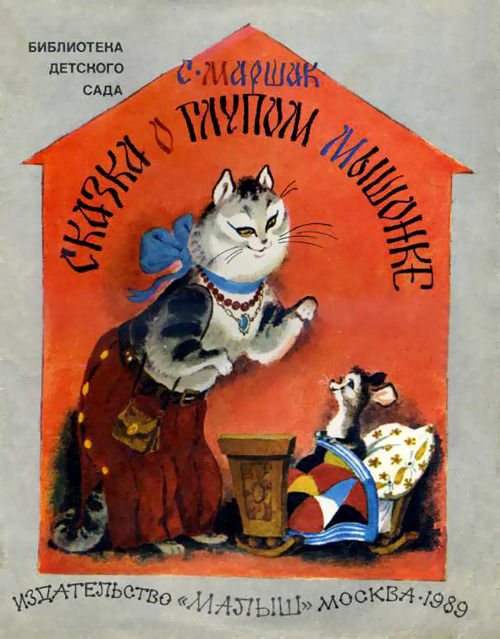
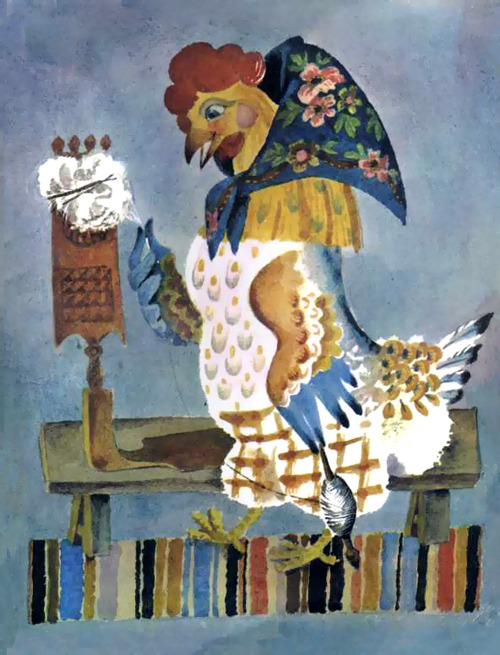
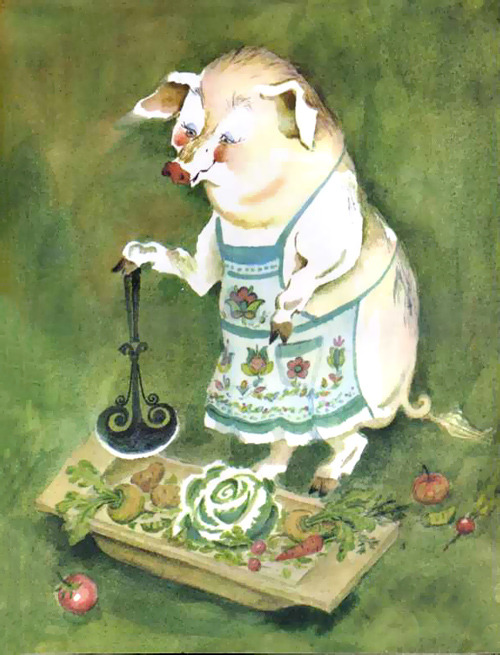

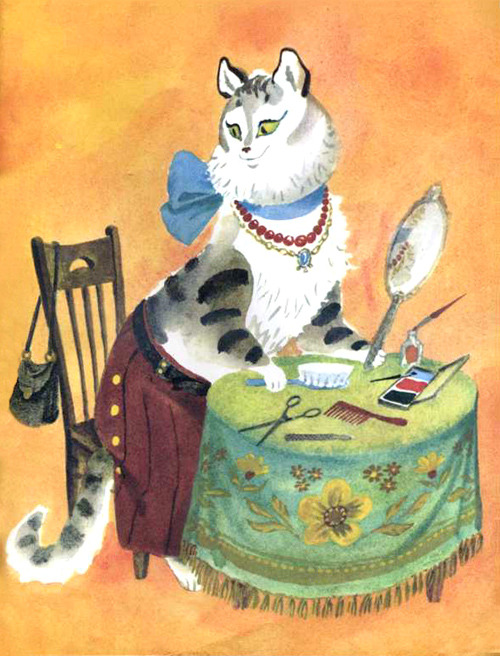
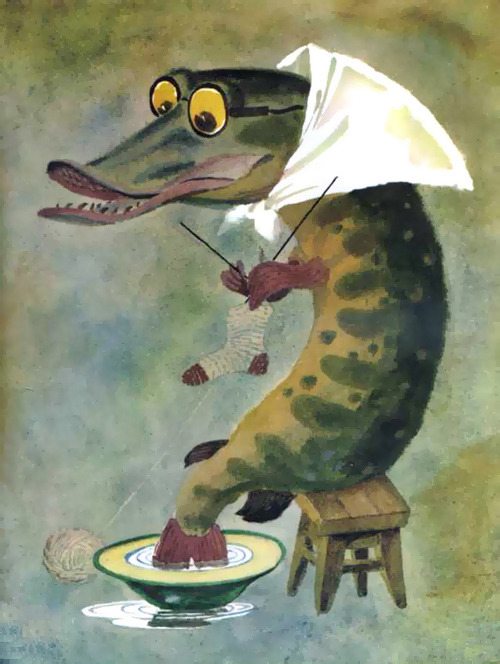


Сказка о глупом мышонке "Tale of а Silly Baby Mouse"
Samuil Marshak, illustration by Anatoly Yeliseyev (1989)
468 notes
·
View notes
Photo
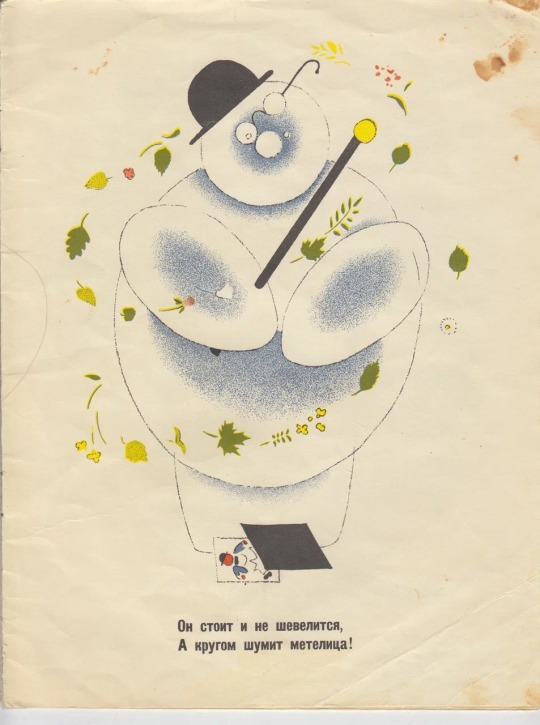
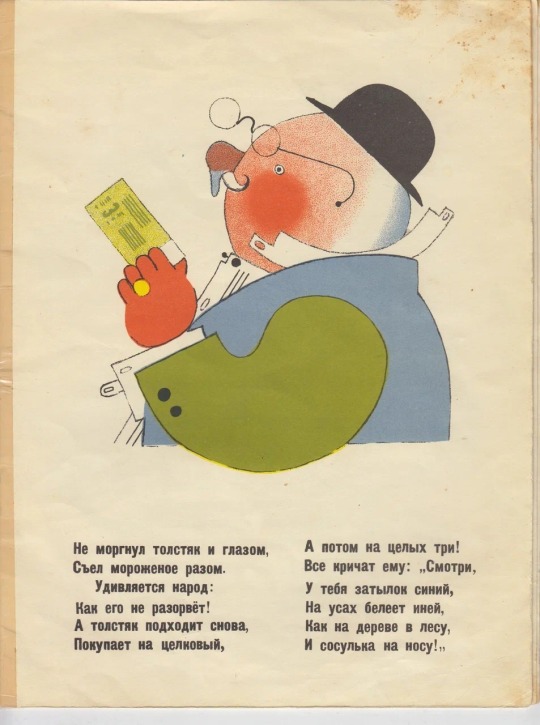
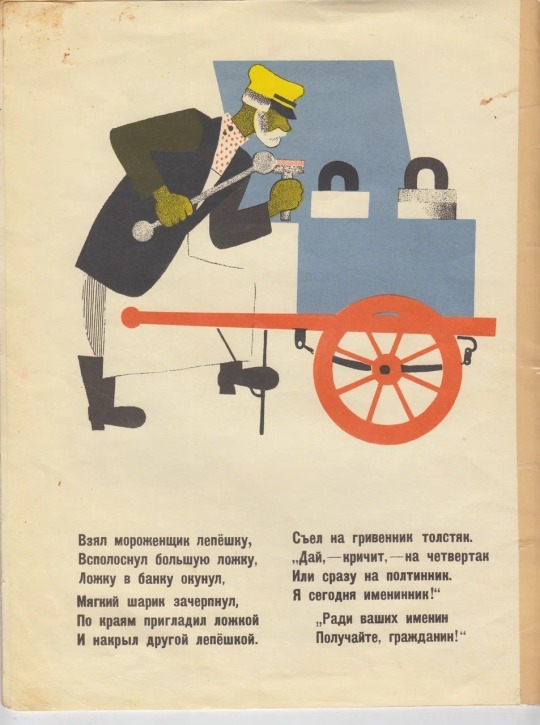
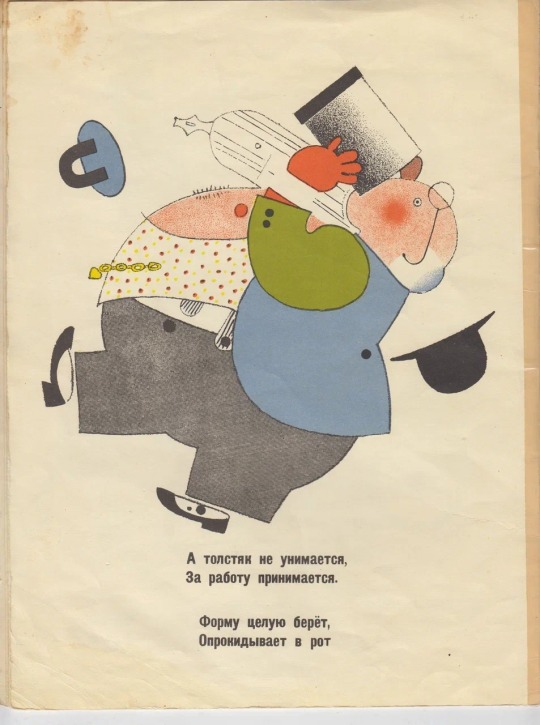
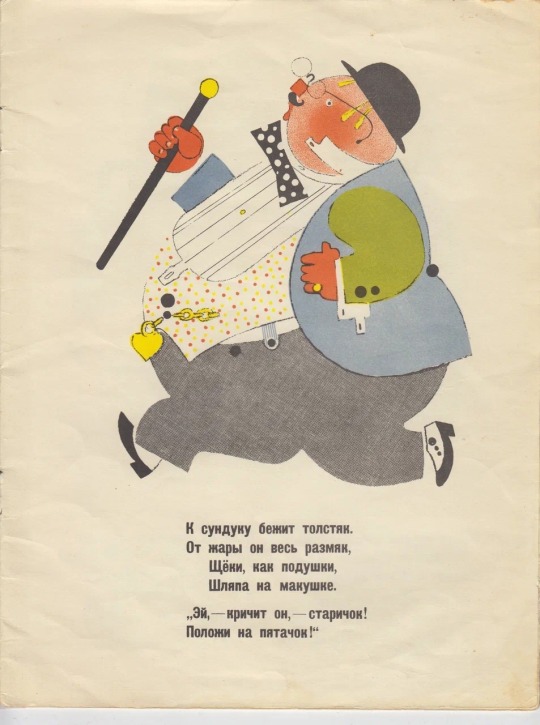

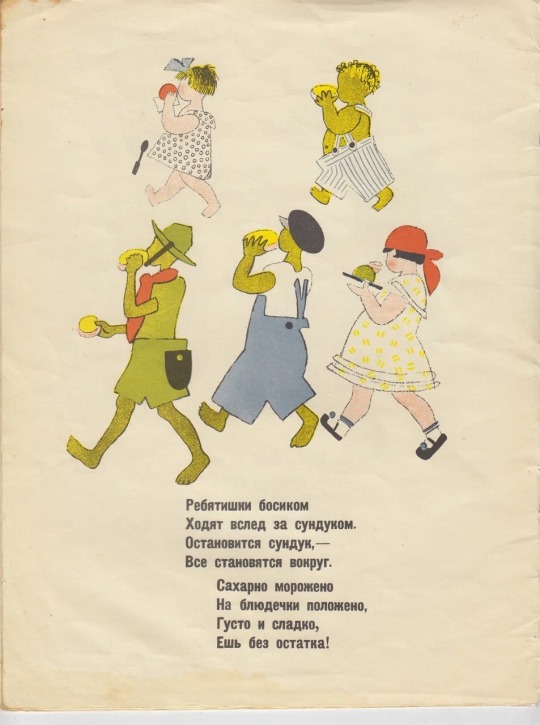

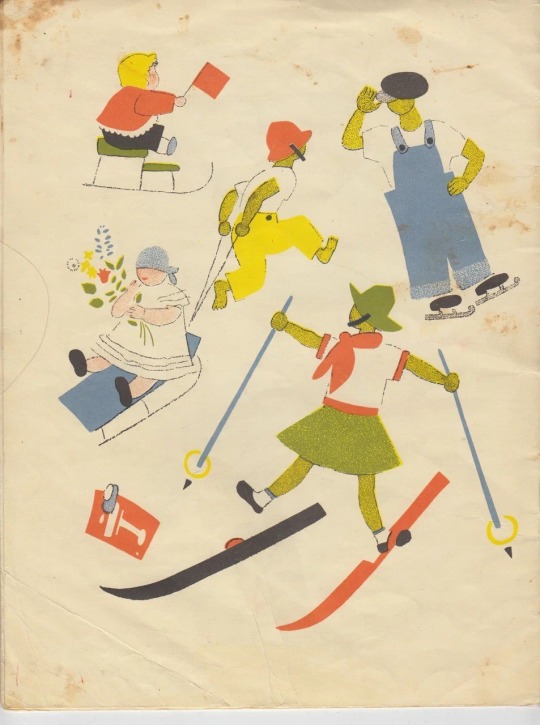
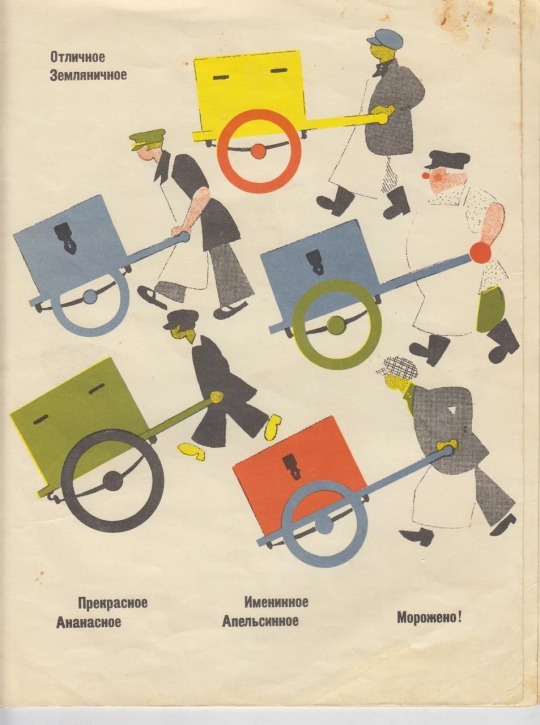
Samuil Yakovlevich Marshak, "Ice cream", 1925. Illustrated by V.V. Lebedev.
23 notes
·
View notes
Photo
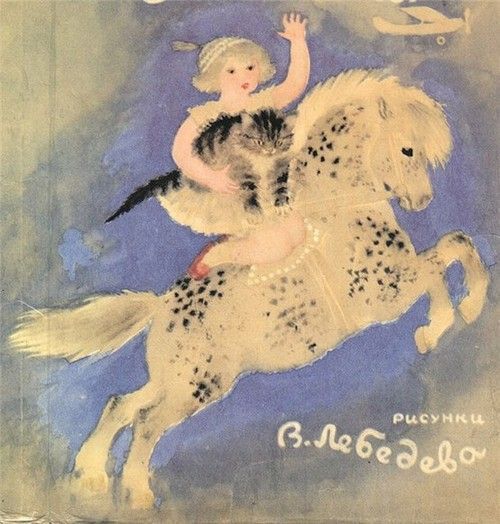
Vladimir Vasilʹevich Lebedev (Russian, 1891-1967). Illustration from Samuil Marshak, Fairy Tales, Songs, Riddles, 1949..
39 notes
·
View notes
Text
Multiple Russian writers, including Leo Tolstoy, Samuil Marshak, and Alexander Pushkin, were reportedly labeled as “foreign agents” on the website of Labyrinth, one of Russia’s largest online bookstores, on Friday.
According to BBC News Russian, a Labyrinth employee said the labels were due to a technical error. They’ve since disappeared.
In December 2022, after Russia's new ban on “LGBTQ+ propaganda” and new legislation on “foreign agents” first went into effect, some Russian bookstores began applying “foreign agent” labels to physical books whose authors had not actually been given that designation. Other bookstores, including Labyrinth, began removing books that they feared might contain illegal “LGBTQ+ propaganda” from circulation.
2 notes
·
View notes
Text
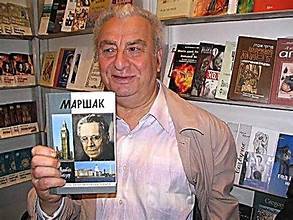
Alredered Remembers Samuil Yakovlevich Marshak, Russian writer, translator and children's poet, on his birthday.
"Well, bunny, do not stay like dumb,
But answer, if you can:
Who 's toiling more, a lazy bum
Or a hardworking man?"
0 notes
Text
In the 20th century.
Biography of translators in the 20th century.

Tadeusz Boy-Żeleński (1874-1941), a Polish poet, translated more than 100 French literary classics, including works by poet François Villon, by writers Rabelais and La Rochefoucauld, by philosophers Montaigne and Montesquieu, by novelists Stendhal, Balzac and Proust, by playwrights Molière, Racine, Marivaux and Beaumarchais, and by philosophers Voltaire, Descartes and Pascal. He was murdered in July 1941 during the Nazi occupation of Poland, together with 24 other Polish professors, in what became known as the massacre of Lviv professors (Lviv is now in Ukraine).
Zenobia Camprubi (1887-1956), a Spanish feminist writer, was the first translator of Bengali writer Rabindranath Tagore’s works into Spanish, and translated 22 works by Tagore (collections of poems, short stories, plays) over the years. Married to Spanish poet Juan Ramón Jiménez, she was a pioneer of feminism for actively promoting women in society in all the places where she lived (Spain, Cuba, the United States, Puerto Rico).
James Strachey (1887-1967), an English psychoanalyst, translated with his wife Alix Strachey (1892-1973) all the works of Austrian psychoanalyst Sigmund Freud after moving to Vienna, Austria. The 24-volume translation was published by Hogarth Press in London under the title “The Standard Edition of the Complete Psychological Works of Sigmund Freud”, with introductions to Freud’s various works, and extensive bibliographical and historical footnotes. It became the reference edition of Freud’s works in English, as well as a reference work for translations into other languages.
Boris Pasternak (1890-1960), a Russian writer, turned to translation to provide for his family after being vilified for his refusal to glorify communist values in his writings. He translated works by German poets Goethe, Rilke and Schiller, by French poet Verlaine, by Spanish dramatist Calderón de la Barca, and by English playwright Shakespeare. Because of their colloquial and modernised dialogues, his translations of Shakespeare’s plays were more popular with Russian audiences than translations by Russian writers Mikhail Lozinsky (1886-1955) and Samuil Marshak (1887-1964).
Jorge Luis Borges (1899-1986), an Argentine writer, translated into Spanish — while subtly transforming — works by English writers Rudyard Kipling and Virginia Woolf, by American writers William Faulkner, Edgar Allan Poe and Walt Whitman, by German writers Hermann Hesse and Franz Kafka, by French writer André Gide, and by others. He also wrote and lectured extensively on the art of translation.
Charlotte H. Bruner (1917-1999), an American scholar, translated works by African French women writers for them to reach a wider audience. With her husband David Kincaid, she spent one year in Africa interviewing these women writers, and aired these interviews after their return to the United States. She was a pioneer in African studies and in world literature at a time when American universities mainly taught European literature.
Simin Daneshvar (1921-2012), an Iranian writer, and Jalal Al-e-Ahmad (1923-1969), an Iranian philosopher, translated many literary works into Persian. Simin Daneshvar translated works by Russian writers Anton Chekhov and Maxim Gorki, by American writer Nathaniel Hawthorne, by Austrian writer Arthur Schnitzler, by Armenian-American writer William Saroyan and by South African writer Alan Paton. Jalal Al-e-Ahmad translated works by Russian novelist Fyodor Dostoyevsky and by French writers Albert Camus, Jean-Paul Sartre, André Gide and Eugène Ionesco.
1 note
·
View note
Text
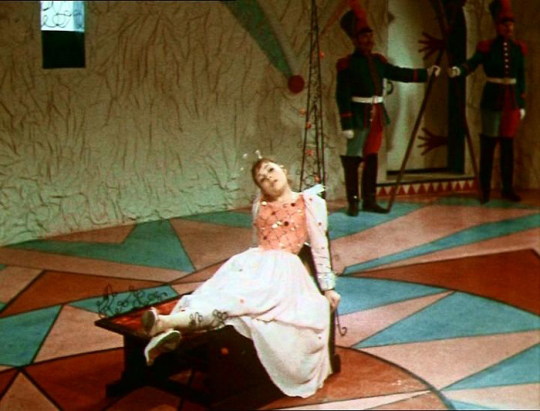
The Twelve Months, 1972, dir. Anatoliy Granik
#Anatoliy Granik#The Twelve Months#Двенадцать месяцев#Samuil Marshak#Liana Zhvaniya#ussr#soviet#russia#russian#retro#vintage#soviet cinema#soviet film#soviet movie#fantasy#vintage dress#70s#70s style#70s fashion#1970s#1970s style#1970s fashion#1970s women#70s girl#70s beauty#1970s cinema#70s movies#1970s aesthetic#relaxtime#chillin
22 notes
·
View notes
Text
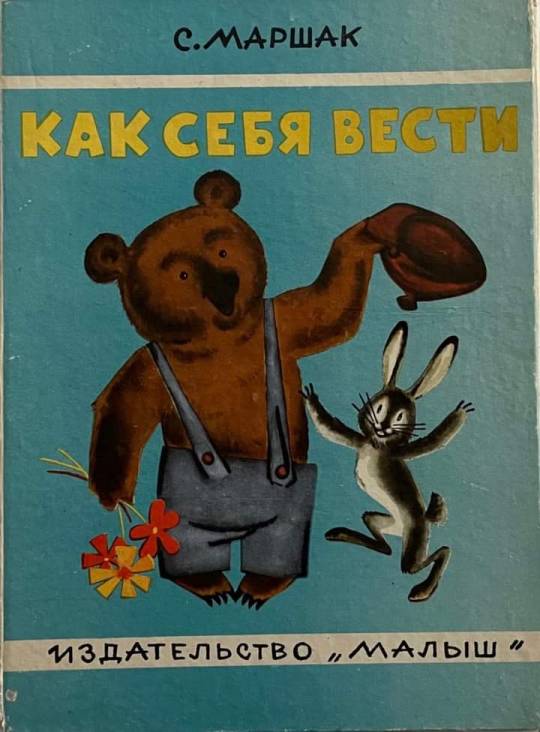
"How to behave" Soviet children's poetry book by Samuil Marshak, 1974
1 note
·
View note
Photo
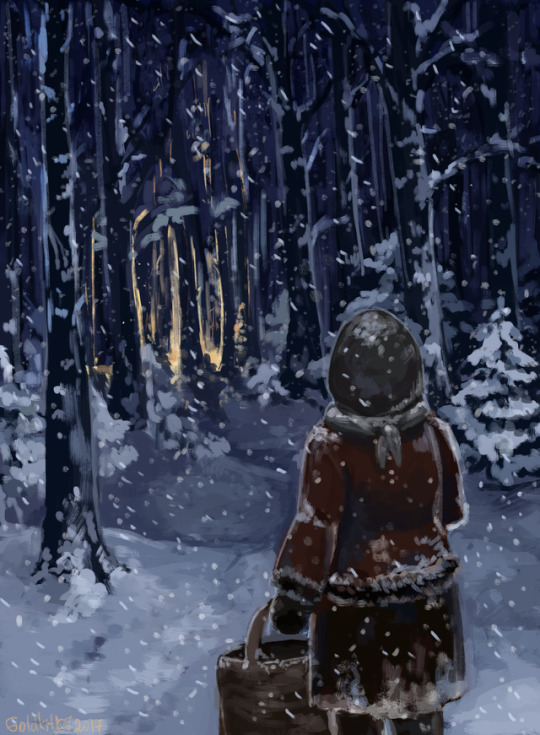
Campfire in the distance
Based on soviet сartoon The Twelve Months (1956)
15 notes
·
View notes
Text
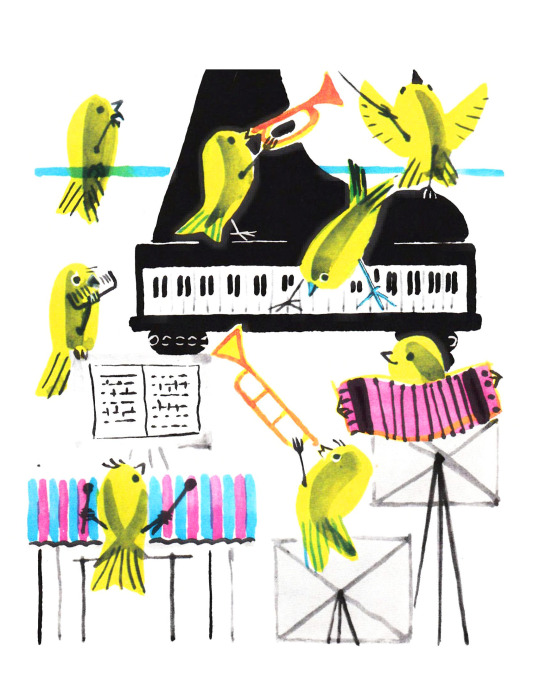
Mai Miturich (1925-2008), ''The Rainbow Book Verses For Children'' by Samuil Marshak, 1974
Source
#Mai Miturich#Mai Miturich-Khlebnikov#russian artists#Samuil Marshak#children's books#children's book illustration#birds#bird jazz#it's always jazz
185 notes
·
View notes
Text
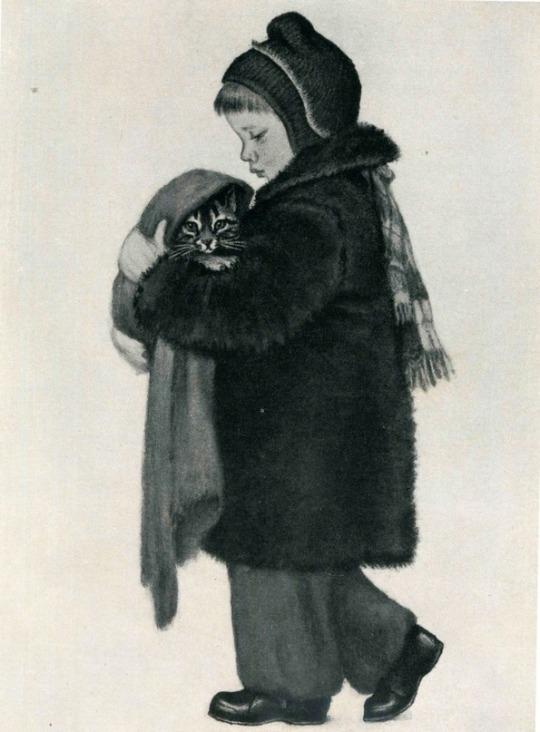
Vladimir Lebedev. Illustration for Samuil Marshak's "Whiskers and Stripes" (1930)
301 notes
·
View notes
Text
Housekeeping
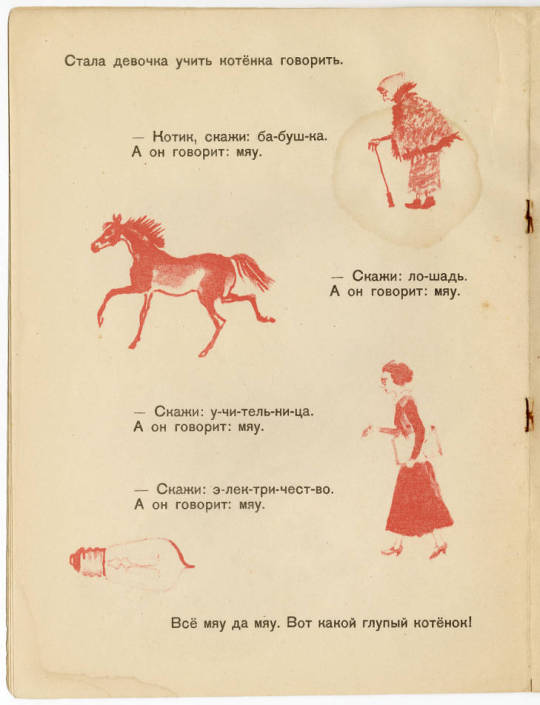
Dmitri Prigov
I’ve Spent My Whole Life Washing Dishes*
I’ve spent my whole life washing dishes
And composing elevated verse
It’s the source of my worldly wisdom
And the fact my nature is mild and firm
Here’s water flowing: I comprehend it
Down on the street: simple folk and the powers that be
What I do not like, I simply invalidate
While what I like is all around me
*From the cycle “Housekeeping…
View On WordPress
#Dmitri Prigov#everyday Soviet life#Moscow conceptualism#Samuil Marshak#Stanislav Savitsky#Vladimir Lebedev
0 notes
Photo
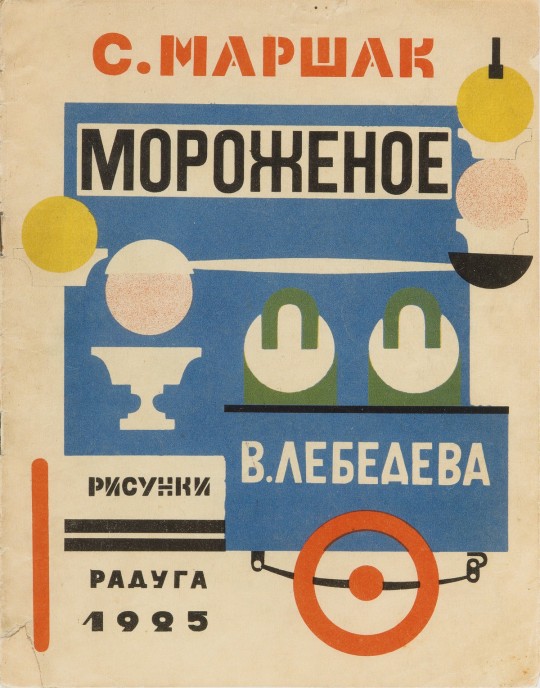
July is National Ice Cream Month. That sounds just right, especially when we are experiencing such a heatwave. Ice cream is good to cool you down, but don’t forget to hydrate, too!
Here is the cover illustration for a children’s book entitled Мороженое (Ice Cream) by Russian painter and graphic artist, Vladimir Vasilyevich Lebedev (1891 – 1967), who earned the title of "King of the Children's Book" in the 1920s. In Мороженое (Ice Cream), Lebedev’s brilliant illustrations accompanies text written by the prominent poet and translator Samuil Marshak. (Summarized from Wiki.)
Ice Cream
Original language Title: Morozhenoe
Lebedev, Vladimir, Russian poster artist and painter, 1891-1967 [artist]
Marshak, Samuil [author]
Lithography
27.7 x 21.7 cm.
Russian
1925
Repository: Museum of Modern Art, New York, New York, United States
HOLLIS number: 8001561755
#nationalicecreammonth#Icecream#illustration#children's books#childrensbooks#morozhenoe#VladmirLebedev#harvardfineartslibrary#harvardfineartslib#fineartslibrary#Harvard#harvard library#HarvardLibrary
41 notes
·
View notes
Text
Yuasa Yoshiko ( 1896 – 1990)
Was a Russian language scholar and translator of Russian literature in Shōwa period Japan.
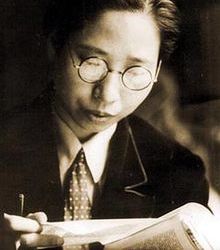
Born in Kyoto, Yuasa was an early supporter of the feminist movement in Japan.
Moving to Tokyo, she was also drawn to leftist political movement and became involved with a leading female proletarian literature movement novelist Chūjō Yuriko.
In 1924, after Chūjō divorced her husband, the two women began to live together, and from 1927–1930, traveled together to the Soviet Union, where they studied the Russian language and literature, and developed a friendship with a noted movie director Sergei Eisenstein.
While Yuasa has also been romantically linked to writer Tamura Toshiko among others, Chūjō is said to have been the love of Yuasa's life.
Yuasa was never again romantically linked to another woman after Chūjō's marriage to proletarian author and Japan Communist Party leader Miyamoto Kenji , although in an interview later in life Yuasa said that the word "lesbian" (rezubian/レズビアン) applied to her.
After their return to Japan and after Chūjō remarried, Yuasa continued with her translation work of Russian authors, especially the works of Maxim Gorky, Anton Chekhov and Samuil Marshak. She is especially known for her translation of Chekhov's The Cherry Orchard. Yuasa died in 1990, and her grave is at Tōkei-ji, a temple in Kamakura.
After her death, the Yasa Yoshiko Prize was established for the best translation of a foreign language stage play into Japanese.
Yuriko,Dasvidaniya is a 2011 drama film, depicting a brief period in 1924. The film is based on two of Yuriko's autobiographical novels, Nobuko and Futatsu no niwa, and on Hitomi Sawabe's non-fiction novel Yuriko, dasvidaniya: Yuasa Yoshiko no seishun.
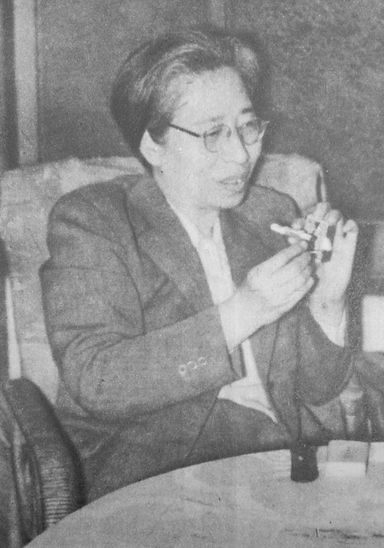
109 notes
·
View notes